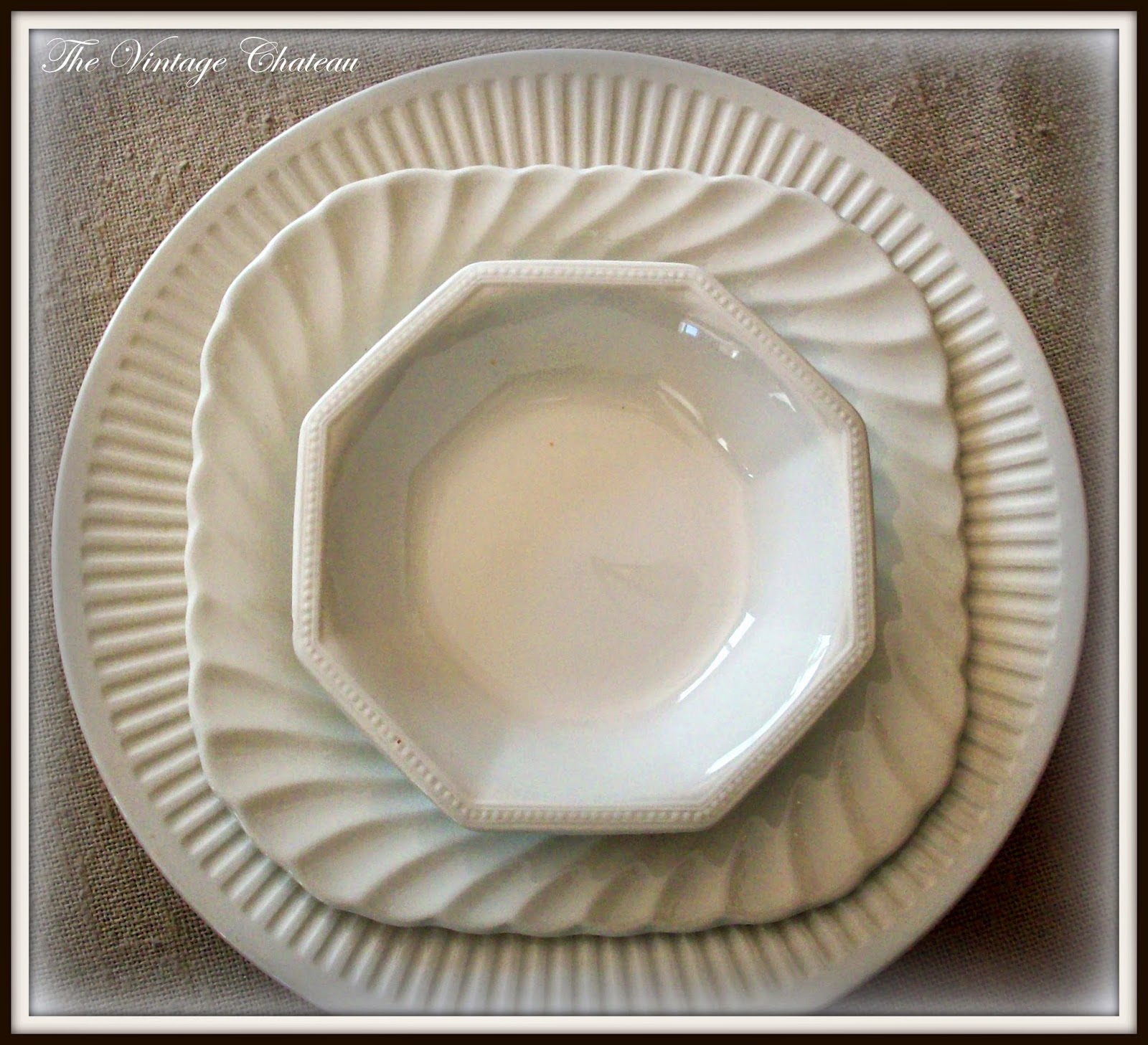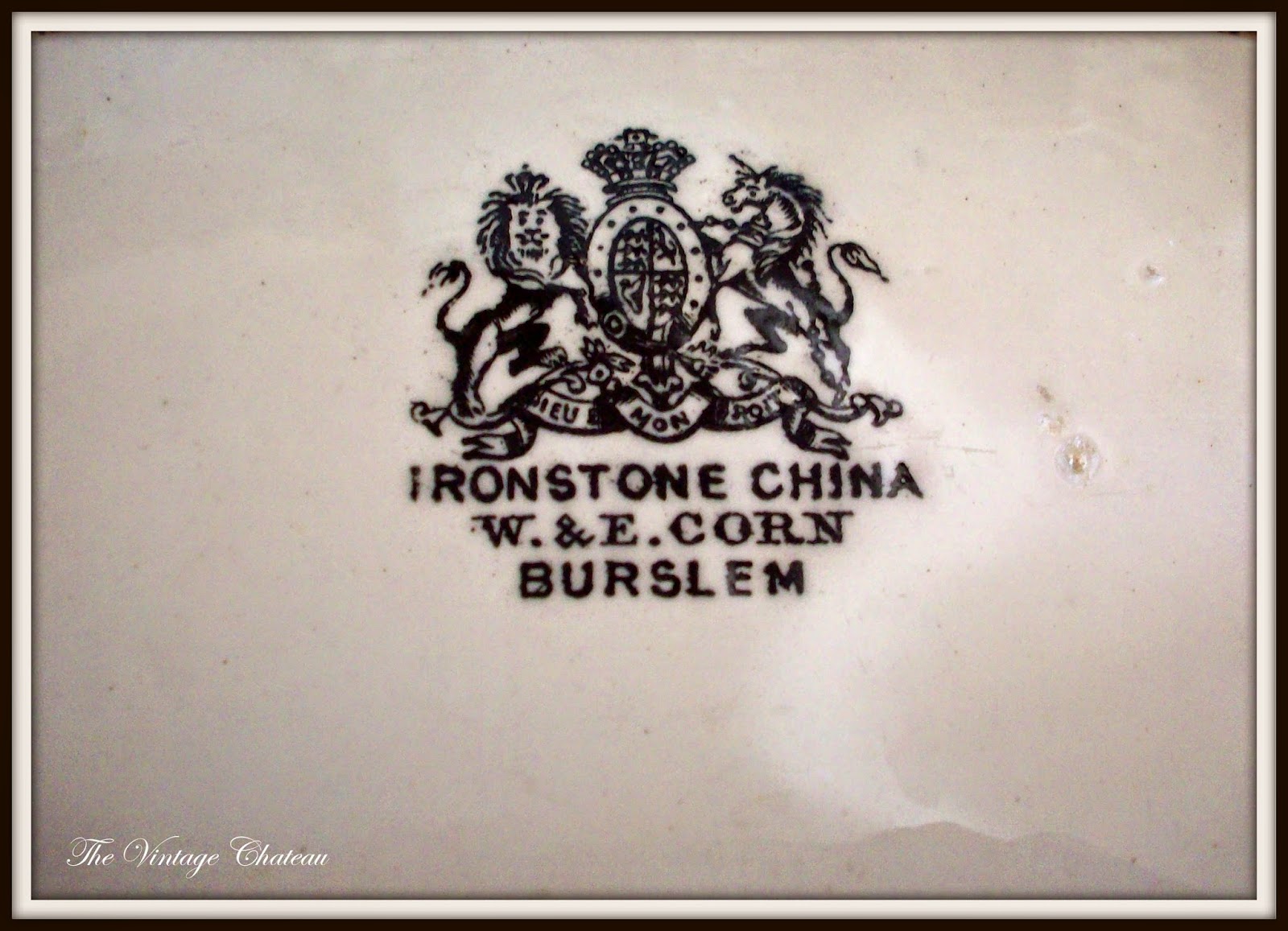A birth and a death. That's what happened in my neighborhood yesterday. We celebrate one and mourn the other. And we do it by taking food to the families.
So this morning I baked.
Blueberries were on sale last week at my local market so I stocked up and froze some for the future and left some to eat fresh. Perfect for some Lemon Blueberry Cake. One of my favorite cookbooks is the Cake Mix Doctor. You know, the one that takes ordinary cake mixes and with a few modifications turns them into something special. I added my own twist to come up with this recipe.
Start with a box of lemon cake mix, add Greek yogurt, eggs, oil, and water. Dump it all into the mixer and mix for 3 or 4 minutes. Then fold in one cup of fresh blueberries.
You can make one bundt cake but I chose to do several mini cakes, easy for giving.
I'm so grateful for good neighbors and that we share our lives, both the joys and the sorrows. I'm also grateful for the faith that assures me that one day we will be reunited with those whom we have lost. That's what Easter is all about.
Lemon Blueberry Cake
1 box lemon cake mix
1 cup plain Greek yogurt
1/2 cup oil
1/4 cup water
4 eggs
1 tsp vanilla
1 cup blueberries
Mix everything except the blueberries in mixer 3-4 minutes. Fold in blueberries. Pour into 5 mini loaf pans.
Bake at 350 for 30 minutes or until golden. Cool, then dust with powdered sugar.
I like to join these parties






























































